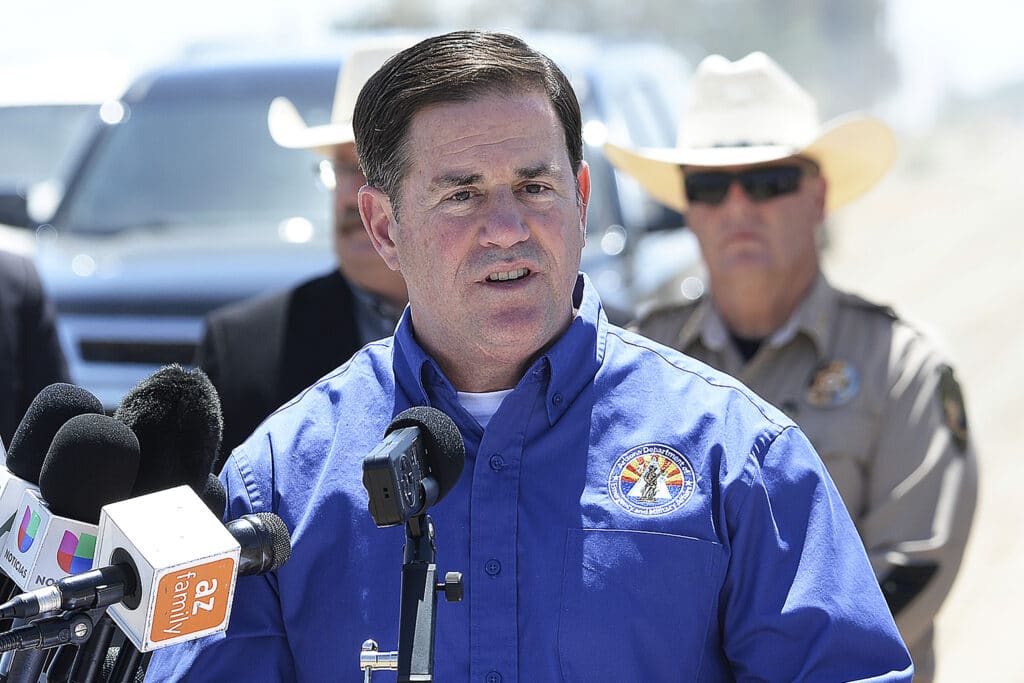Some Republican governors are directing COVID-19 federal relief for schools to charter schools. In Arizona, Gov. Doug Ducey is giving students in school districts that require masks vouchers to attend elsewhere. The Associated Press has the story:
Republican governors choose to direct COVID-19 aid for schools to charter schools
(AP) When Congress sent states billions of dollars early in the coronavirus pandemic to help make schools safe, Tennessee Gov. Bill Lee saw an opportunity.
He used part of the windfall to further his goal of offering school choice options for parents, sending millions to charter schools that operate without traditional public oversight. That included funneling more than $4 million to new charters that are not scheduled to open until at least next year.
It was an easy way for the Republican governor to advance a long-held priority. For Lee and some other GOP governors, the discretionary money was a chance to sidestep their state legislatures and advance school choice, which typically involves funding charter schools or offering vouchers so parents can use taxpayer money to pay private school tuition.
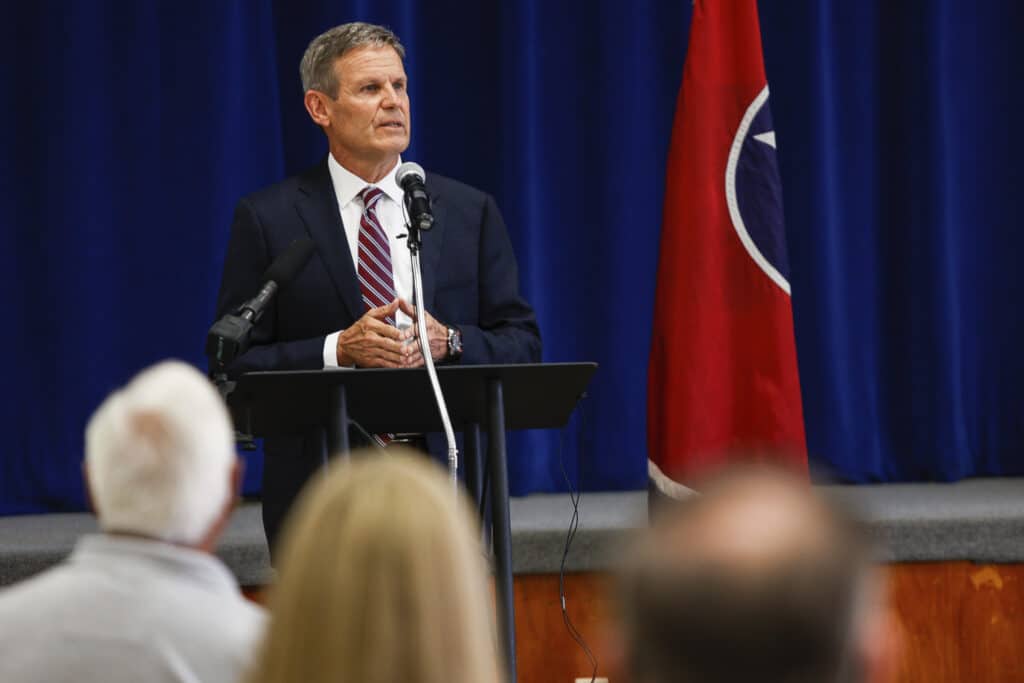
Teachers unions and other critics view the efforts as a way to siphon money away from traditional public schools.
“This feels like he’s taking advantage of the pandemic and the pandemic relief to further his ideological goal of defunding the traditional public schools,” said state Rep. Gloria Johnson, a Democrat and retired teacher.
In a series of bills since the COVID-19 outbreak began last year, Congress has allocated $190 billion to help public and private schools weather the pandemic. Although there is no centralized way to see how districts and private schools are spending the aid, The Associated Press tracked most of that money to determine how much was received by virtually every school district in the country and to analyze the ways governors distributed the assistance they were free to dole out as they wished.
In the initial wave of funding, governors were given $3 billion with few strings attached but the expectation that it be used to help schools and colleges “most significantly impacted by coronavirus.”
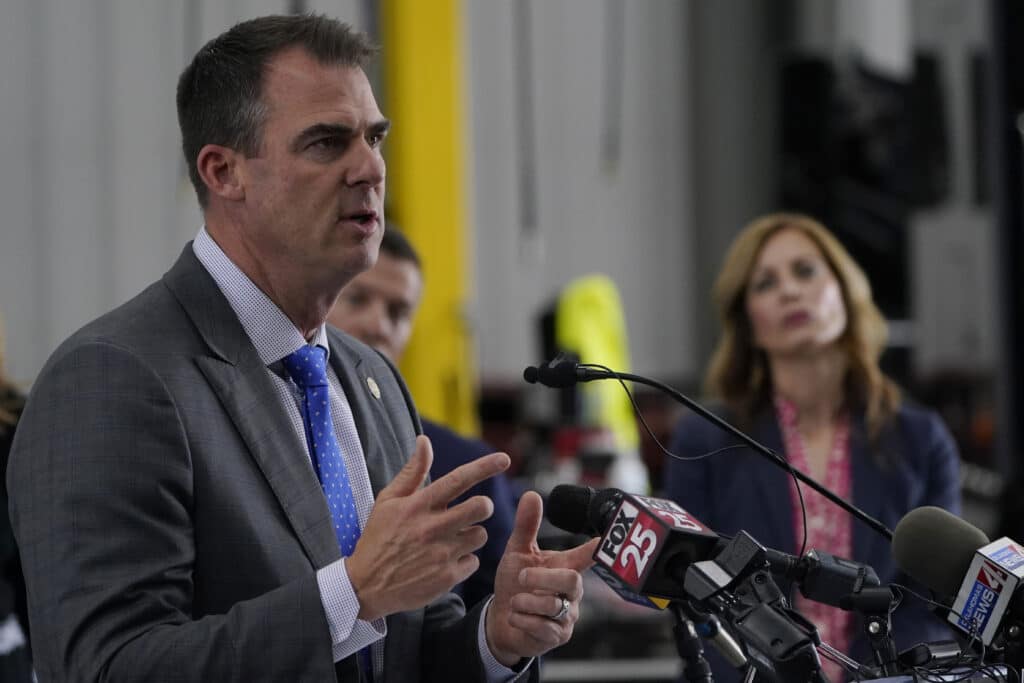
They used that money in a variety of ways: New Jersey supported colleges. Oregon used it to make sure even tiny rural districts received minimum amounts of aid. States including Indiana and Colorado established competitive grant programs for school districts.
This week, Arizona Gov. Doug Ducey announced he was using a separate pot of federal pandemic aid to create a $10 million grant initiative similar to the state’s existing private school voucher program. It was the Republican governor’s latest attempt to push back against public school districts that are defying a state ban on mask mandates. The funding allows grants up to $7,000 per student if their public school requires masks, orders quarantines due to COVID-19 exposure or gives different treatment to vaccinated students.
In Tennessee, Lee has long been an advocate of launching more charter schools — institutions that are publicly funded but operate outside traditional school districts. In a feature that appeals to many conservatives, they usually do not have unionized teachers.
Of the nearly $64 million in discretionary pandemic education money that came to his office, Lee dedicated $10 million to charters. The governor used it to make sure every charter received some aid and to help existing schools add grades. He reserved a chunk of it — $4.4 million — to help launch new charters, none of which is scheduled to welcome students until at least 2022.
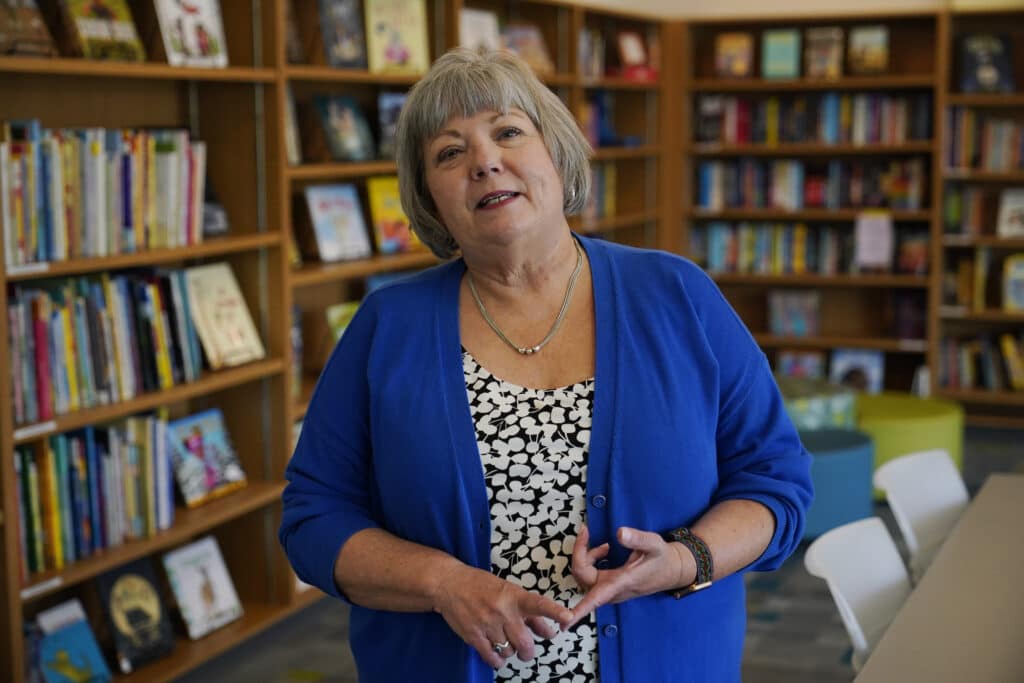
Lee spokeswoman Casey Black did not directly respond to a question from the AP about funding for charter schools that are not yet open but said the use of the money would help provide families with access to a high-quality education. Brian Blackley, a spokesman for Lee’s state Department of Education, said the charter school funding is meant to give families more options.
“Education is not one size fits all, and the pandemic showed us just how important it is to provide families with better access to high-quality school options,” he said in an email.
Beth Brown, president of the Tennessee Education Association, criticized the spending.
“Using pandemic relief money to open new charter schools is an insult to the public school teachers who have worked tirelessly since March 2020 to keep public schools open,” said Brown, a high school English teacher in rural Grundy County.
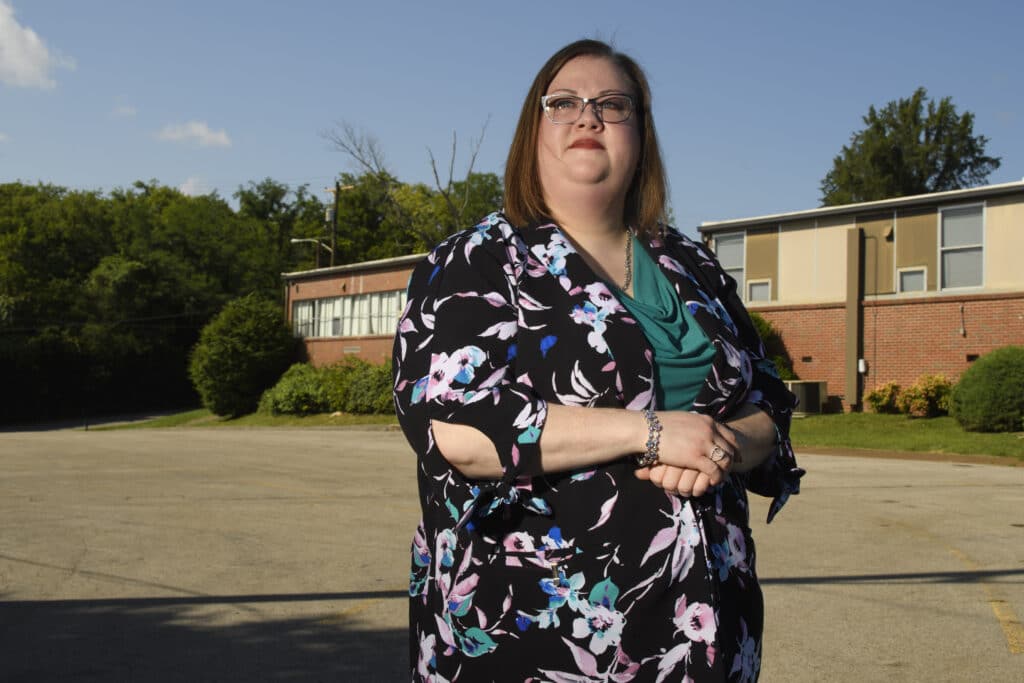
U.S. Rep. Bobby Scott, a Virginia Democrat who serves as chair of the House Labor and Education Committee, said the federal money was not intended to be used that way.
“The 5% or 10% that end up in charters may or may not improve their education situation,” he said. “It’s hard to make an argument that reducing the money available to public schools helps the 90% to 95% of those who are in public schools.”
Oklahoma’s GOP governor, Kevin Stitt, used $10 million of the nearly $40 million in his governor-controlled fund to create a stay-in-school program that funded scholarships for lower-income students who already attend private schools.
The state education secretary, Ryan Walters, said the state was hearing from parents who lost income early in the pandemic and could not keep paying private-school tuition.
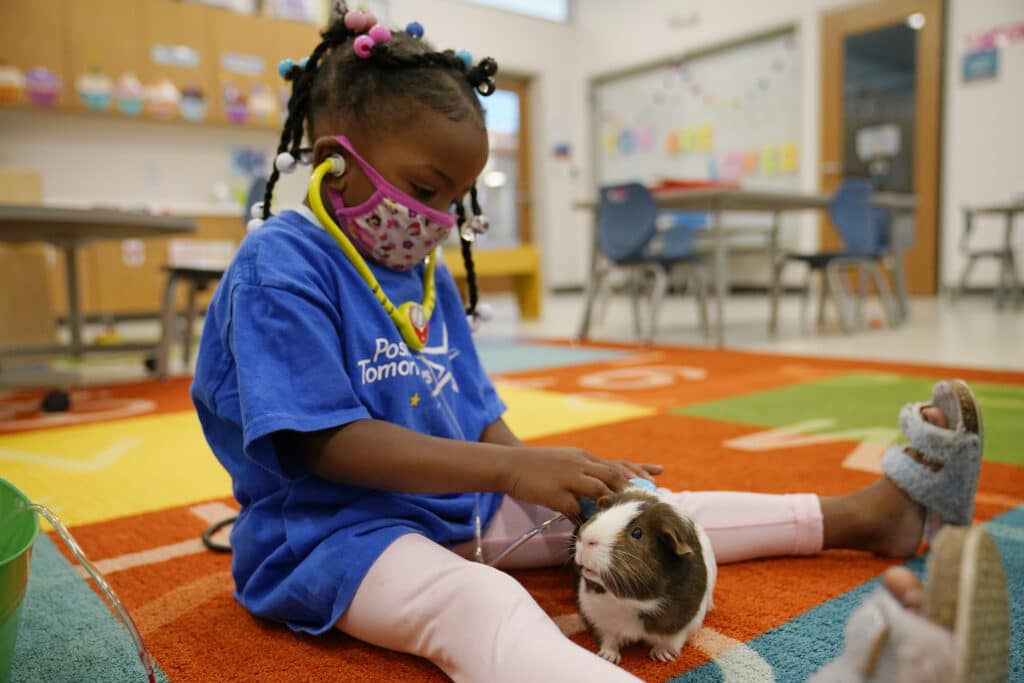
“Moving them in the middle of a pandemic to a brand-new school would create even more trauma for them,” he said.
Most Oklahoma private schools are religious. One exception is Positive Tomorrows, an Oklahoma City school exclusively for students in families experiencing homelessness.
The school usually costs around $3 million a year to run, with many expenses paid through donations. It got about $350,000 from Stitt’s program, plus another $250,000 in forgivable Paycheck Protection Program loans from the federal government to keep paying teachers and staff. Public schools did not have access to the forgivable loans.
“Because of the role that we serve, I think we deserve some government funding,” said Susan Agel, president of the school. “This is a kind of thing that I’d really like to see more of, particularly for our school.”
State Rep. Jacob Rosecrants, a Democrat who was a public school teacher until he was elected in 2017, said there are still major needs in public schools that should be met before taxpayer money is considered for private schools.
“If you want to go to a private school, you have that choice,” he said. “You’re private for a reason.”
Governors in Florida and New Hampshire also used portions of their discretionary money for private-school scholarship programs.
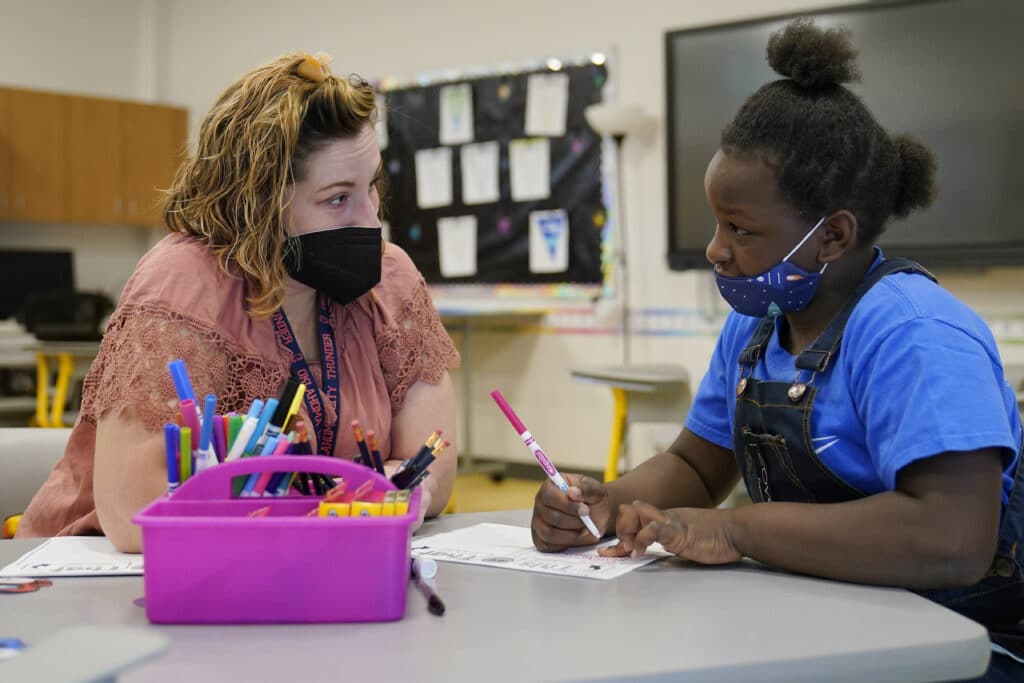
A South Carolina program championed by GOP Gov. Henry McMaster was larger — $32 million — and scholarships were planned for students who were not already in private schools. But the scholarships were never awarded because the program was blocked unanimously by the state Supreme Court.
Shaunette Parker, board chairwoman for the Second Baptist Christian Preparatory School in Aiken, said McMaster’s proposal could have been a toehold for establishing a broader voucher program in South Carolina, something that has never been adopted in the Legislature.
“We were hoping the success of that one-year funding would have shown people how this wasn’t going to create a mass exodus of the public schools,” Parker said. “It would have improved education all around.”
After the court rejected McMaster’s effort, he redirected the money to other programs, including launching regional computer labs, boosting technical colleges, funding summer and extended-day programs for 4-year-olds — and helping helping public charter schools where enrollments have risen.
By GEOFF MULVIHILL |

